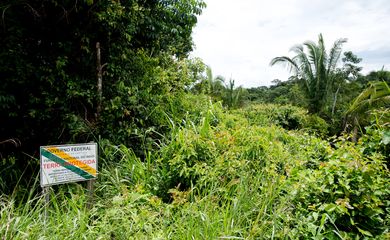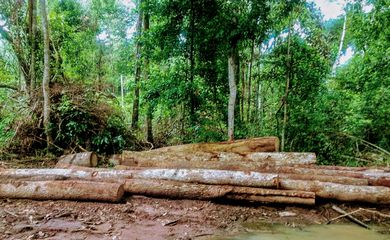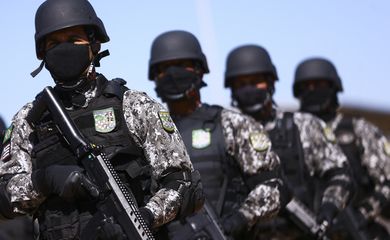Brazil’s 2022 census kicks off in indigenous territories

Brazil’s Census 2022 starts today (Aug 10) in indigenous territories and is slated to end on October 31. Indigenous people living on indigenous territories as well as elsewhere, in urban or rural areas, and those coming from other countries will be included in the survey. Previously mapped or not, all communities and villages should be visited.

The first stage consists of explaining the Demographic Census to indigenous leaders and raise their awareness in a bid to have them allow census takers to enter the villages. Fernando Damasco, manager for traditional territories and protected areas at the country’s statistics institute IBGE, highlighted the need for a special and respectful arrival on indigenous lands.
“Leaders have a vital role in the process. The community must be aware of the importance of the survey, so that nobody is afraid to answer, as the information is protected,” Damasco said.
The second step is the application of a questionnaire on the village or community, covering such topics as infrastructure, access to natural resources, education, health, and practices. Next, census takers should visit all homes in order to interview families.
An indigenous person is a person who self-identifies as such, the IBGE stated. “The census taker or any other person from the data collection team cannot question the informant or cast doubt on their declaration,” the institute reported.
According to the IBGE, the 2010 Demographic Census is the first survey that registered the number of ethnic groups and indigenous languages existing in Brazil. It enumerated 896.9 thousand indigenous people, from 305 ethnic groups or peoples, speaking 274 indigenous languages.




